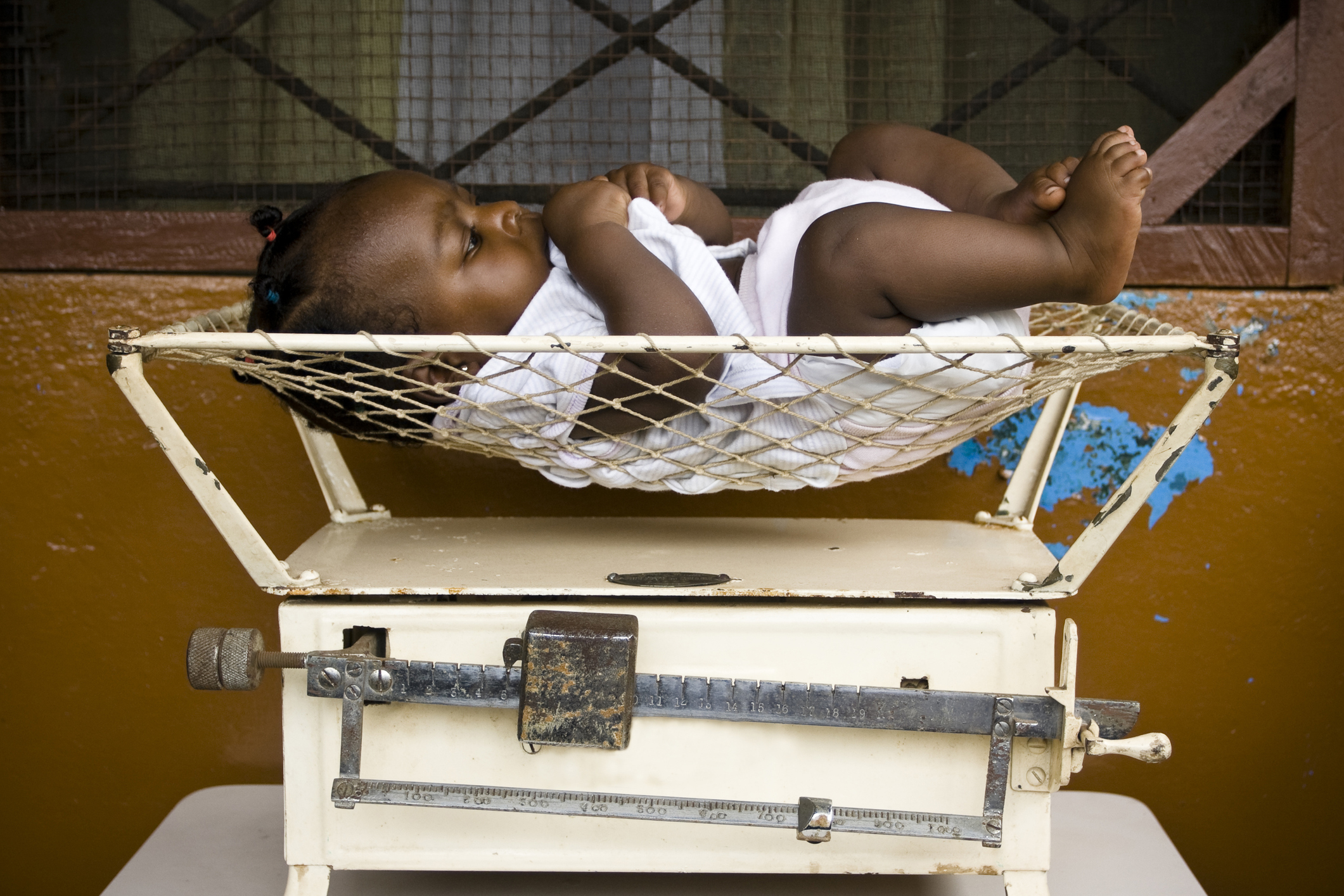Treatment rates for pediatric patients have always lagged behind adults, but now programs like PEPFAR’S ACT Initiative show this doesn’t have to be the case
by David Jamieson, PFSCM Senior Supply Chain Advisor
In May, we reported on new opportunities for viral load testing of babies and young children at, or close to, the clinic where they see their doctor. In this blog post, we look at how results from PEPFAR’s Accelerating Children’s Treatment (ACT) program show that, with the right policies and a focused approach, rates of treatment of children living with HIV (CLWH) could be as good as those for adults.
When Ambassador Deborah Birx of PEPFAR launched the $200 million ACT initiative in August 2014, the aim was to double pediatric treatment rates in nine African countries in just two years, which would bring 300,000 new patients on antiretroviral (ARV) treatment.
By September 2016, the number of children on treatment worldwide had grown to an estimated 900,0001 with 561,000 patients on treatment in the ACT countries. Even more importantly, the number of children on treatment continues to grow, proving that the ACT program and other initiatives are creating sustained change.
Across the nine ACT countries, the number of children on antiretroviral treatment (ART) increased by 44%. In Kenya, an estimated 73% of CLWH are on treatment; in Zimbabwe, the figure is even higher at 80%, showing that the goal of 90% of known CLWH being on treatment is achievable.
Globally, PEPFAR supports nearly 1.1 million children (0-19 years old) on ART — a 97% increase since 2014.
Though ACT, PEPFAR and the Children’s Investment Fund Foundation focused efforts in high-risk areas, working with local implementers to identify babies, children, and adolescents with HIV and to get them onto treatment without delay, often within a day.
Other barriers tackled included:
- Training and job aids to overcome health care providers’ lack of confidence in treating pediatric patients.
- Advocating to change restrictive treatment access policies.
- Improving the child-friendliness of the medicines — some pediatric solutions tasted bad, making it difficult to get very young children, who could not swallow pills, to take the medicines.
The supply chain for ARVs: A critical component
PEPFAR tasked PFSCM, through the Supply Chain Management System project, with ensuring that the drugs would be available at the health facilities when needed. Identifying CLWH and encouraging parents and caretakers to start children on treatment is an enormous effort. If stock levels were not properly maintained at clinics, all the effort would be in vain.
Managing the supply chain for CLWH is challenging because it involves more drugs than for adults, the formulations change as children grow, and, in many countries, the total requirements are small. It is also necessary to strike a balance between preventing stockouts and not overstocking, which could result in products expiring before being used.
Globally, PFSCM engaged in two important supply chain initiatives. We became founding members of the Pediatric ARV Procurement Working Group (PAPWG), an effort to pool the requirements for pediatric ARVs to create and manage sufficient demand to keep the market attractive to suppliers. By coordinating the demand of major purchasers — such as PFSCM and the Global Fund to Fight AIDS, Tuberculosis and Malaria — with demand from smaller countries, supply became more consistent and flexible.
PAPWG results are described on PFSCM’s website and in a paper published on the Global Fund’s website. The PAPWG — now known as the ARV Procurement Working Group (APWG) and chaired by PFSCM’s Director of Global Supply Chain Wesley Kreft — has expanded to include adult formulations in low demand.
To address the challenge of multiple pediatric ARV formulations, PFSCM also joined a team from the UNICEF Inter-Agency Task Team (IATT) for the Prevention and Treatment of HIV Infection in Pregnant Women, Mothers and Children to draw up an optimal formulary of pediatric ARVs. From more than 65 approved pediatric ARVs, the team created a formulary of 10 optimal formulations, as well as a list of a further 10 limited-use products.
The IATT team has also advocated for and supported the development and introduction of small pellets that young children can take in soft food to replace the bad-tasting liquid for Lopinavir/Ritonavir, an ARV essential in treating very young children.
What’s next
To build on the achievements of PEPFAR’S ACT program and the other recent progress, the global community is continuing to innovate. Current initiatives include:
- Start Free, Stay Free, AIDS Free: The ACT Initiative’s lessons are key to UNAIDS’ Start Free, Stay Free, AIDS Free framework — a super-fast-track approach to ending AIDS among children, adolescents, and young women by 2020. The framework is based on the fundamental principle that everyone living with HIV should have access to ART.
- DREAMS: To address the high risk of contracting HIV for girls and young women, PEPFAR — in collaboration with private sector partners the Gates Foundation, Girl Effect, Johnson & Johnson, Gilead Sciences, and ViiV Healthcare — is driving the ambitious Determined, Resilient, Empowered, AIDS-free, Mentored, and Safe (DREAMS) Partnership.
The global community is also continuing to:
- Update and promote the use of the pediatric ARV optimal formulary.
- Develop child-friendly effective medicines.
- Support introduction of new products.
PEPFAR’s 2017 report states: “Saving the lives of children with HIV is not only the right thing to do; it is the smart thing. By treating children early in their HIV infection, they can stay healthy and thrive. Healthy children who can pursue their dreams will grow economies, create jobs and strengthen their communities for decades to come.”
We can’t say it any better, and will continue to do all we can to ensure supply chains support increased treatment for children.
1 Based on UNAIDS 2017 report of 2.1 million children living with HIV, of whom 43% are on treatment

